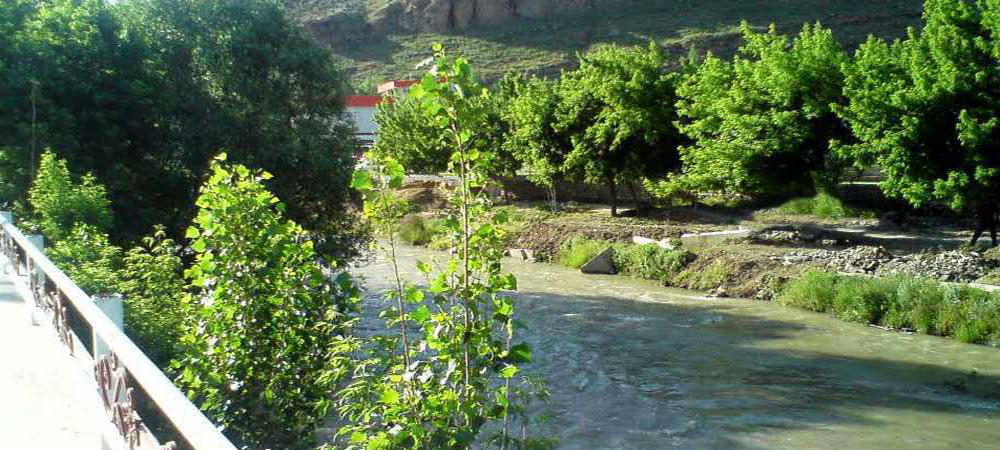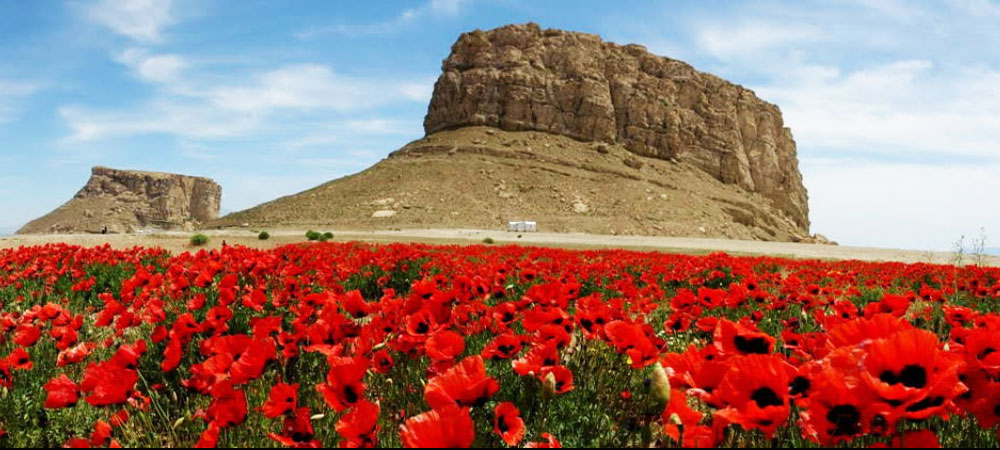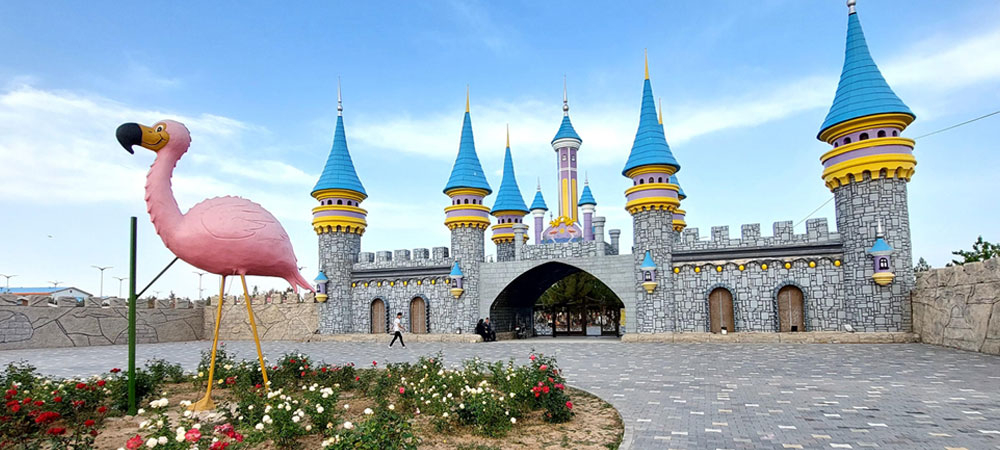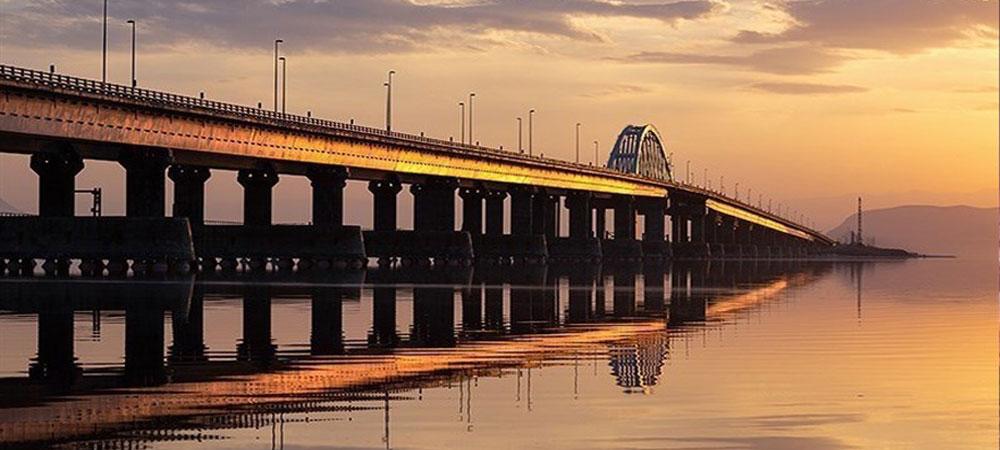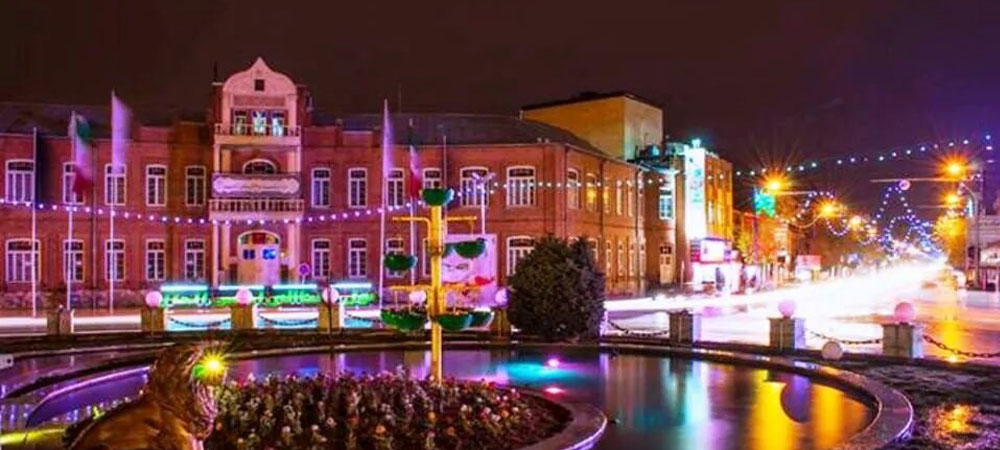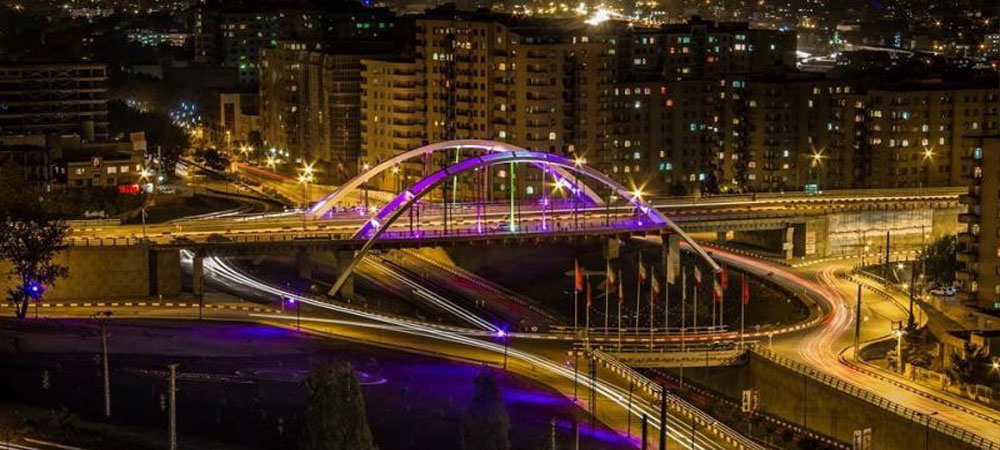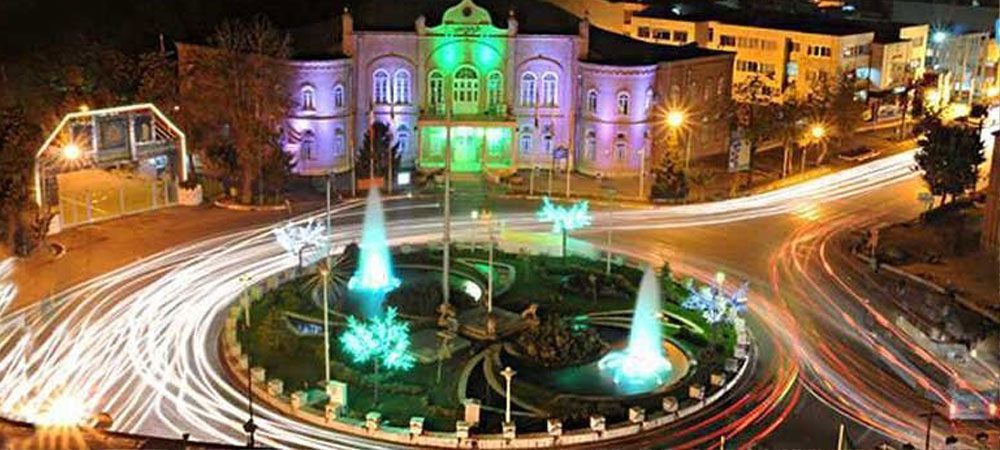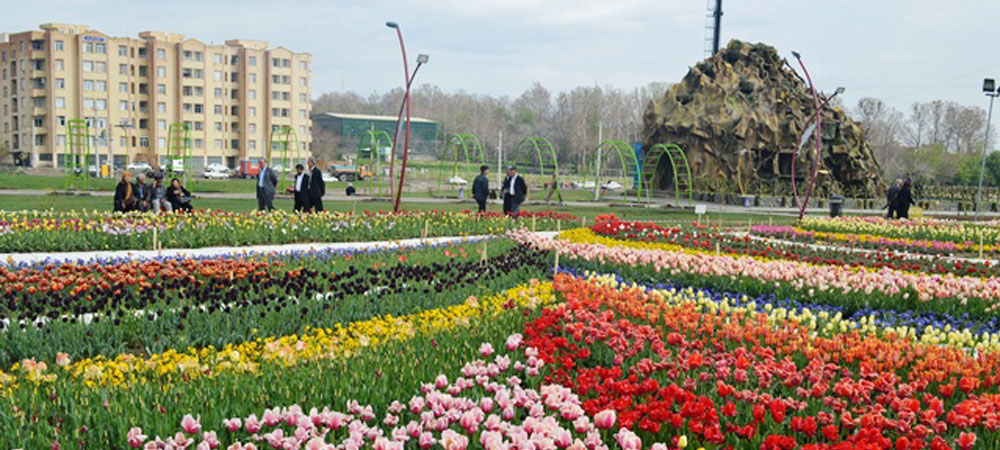About Urmia
Urmia is the capital of West Azerbaijan Province.
West Azerbaijan Province

West Azarbaijan Province in the Northwest of Iran, is a wonderful land with high mountains bordering four countries of Armenia, Azerbaijan, Turkey and Iraq. The spectacular mountainous areas of this province are connected to Ararat Mountain Range in eastern Turkey and are considered as some of the best resorts in Iran. Lake Urmia, one of the saltiest lakes of the world, is located in the province and contains many islands which are the habitats of different kinds of local and migrating birds.
This Province has historically been a habitat for Assyrians and Armenians as well who have been living peacefully in this part of the world. This is attested by various churches and fire temples which are extant in the region. The people of this province are famous for being peaceful, approachable, hospitable and dignified. The common occupations among the residents of this province are crop and animal husbandry and fruit orchards have bestowed a unique beauty to this province.
Urmia

Urmia, the capital of West Azerbaijan Province, is situated at an altitude of 1,330m above sea level, and is located along the Shahar Chay River (Literally: River of City) in the middle of the Urmia plain. With more than three thousand years of history, Urmia is the oldest city in the northwestern region of Iran, registered as the 19th historical city of Iran in UNESCO. Lake Urmia the largest inland lake in Iran and the second largest saltwater lake in the world lies 20km to the east of the city and the mountainous Turkish border area lies to the west. Urmia's climate is cold semi-arid and it has cold winters, mild springs, hot dry summers and warm autumns. Precipitation is heavily concentrated in late autumn, winter, and especially spring, while summer precipitation is very scarce.
Urmia is a metropolitan city and it is the 10th most populated city in Iran with a population of 667,499 inhabitants in the 2012 census and the second most populous city in the northwestern region of Iran. The city's inhabitants are predominantly Iranian Azerbaijanis who speak the Azerbaijani language. There are also minorities of Kurds, Assyrians, and Armenians. This has turned this city into an ethnic mix city with different religions and sects.
The city has been one of the trade centers of the region since the past due to its convenient and strategic location connected to an export/import route to four neighboring countries. As a fertile land, this city is also a favorable place for buying and selling agricultural products especially apples and grapes. Urmia is a city of firsts with the first modern hospital formation, the first medical training center, the first modern school, the first local television network, and the first local magazine in Iran and it is reputed to be the capital of the volleyball in Iran.
Although Urmia Lake is one of the most famous and eye-catching attractions both nationwide and worldwide, there are several historical or natural attractions such as Jameh Mosque of Urmia and Band river. Best seasons to visit this historical city are spring and summer.
